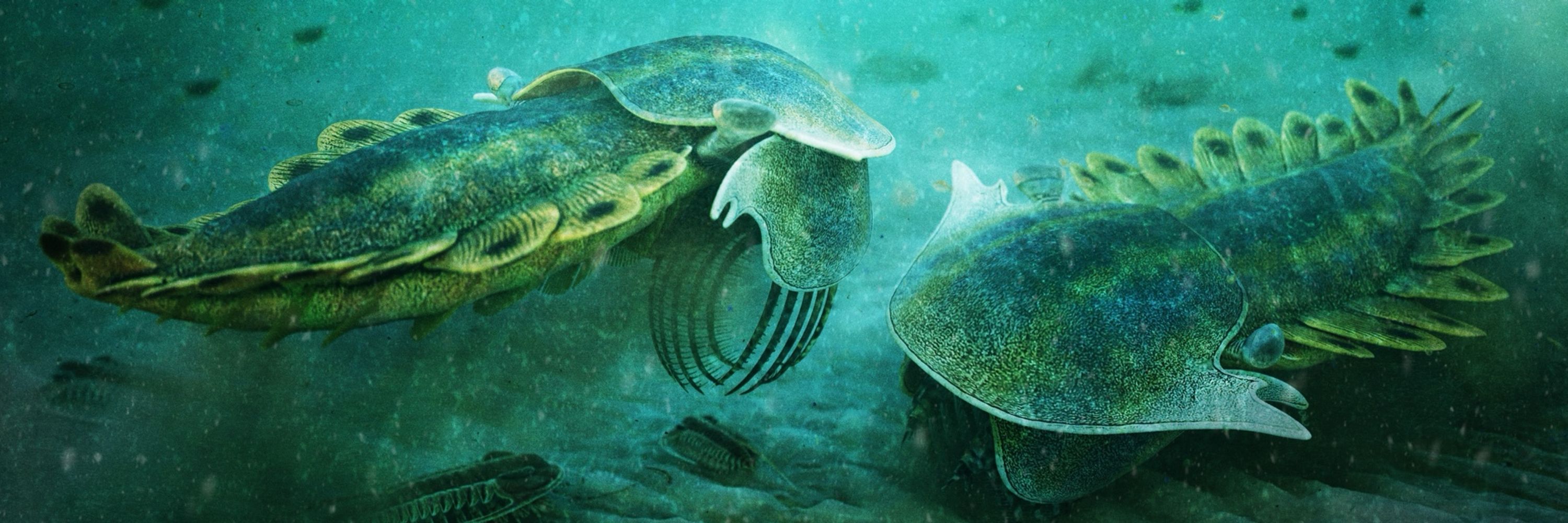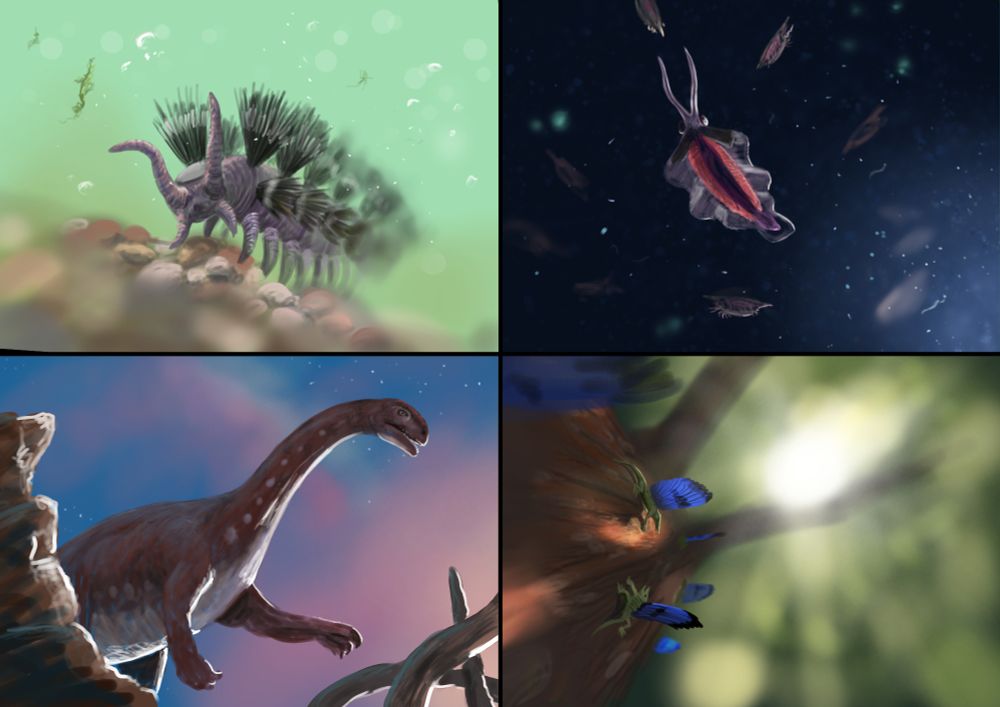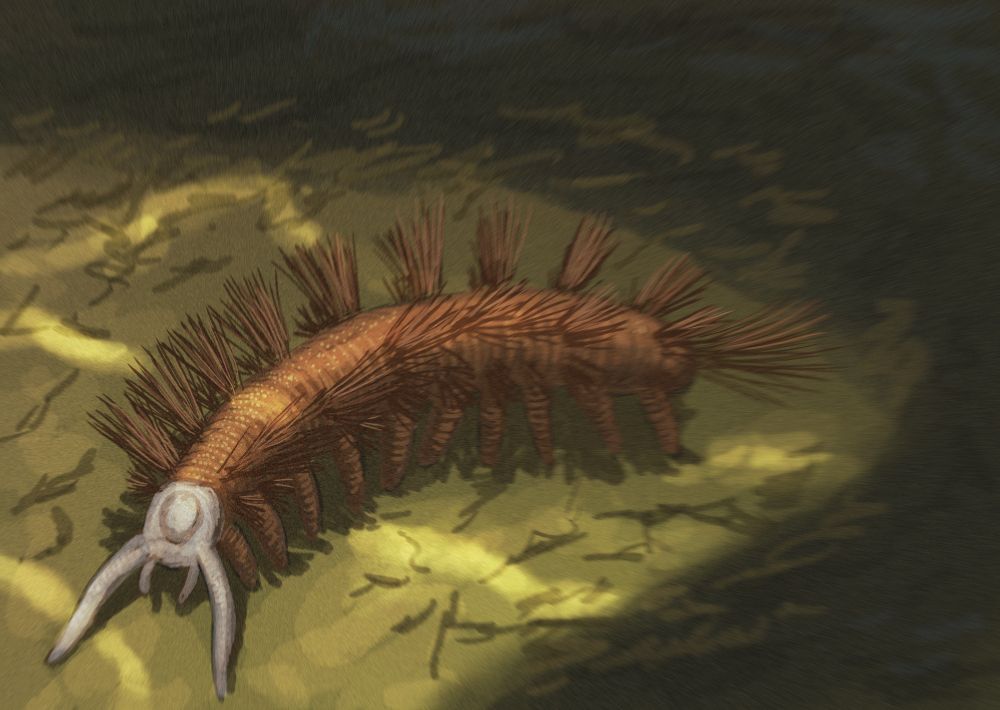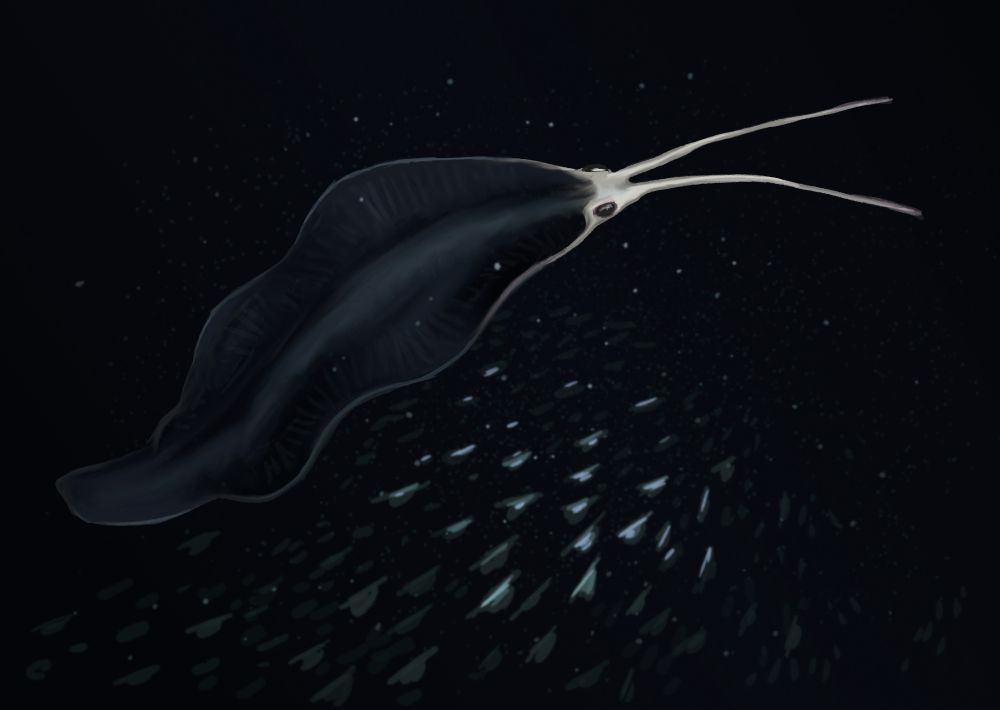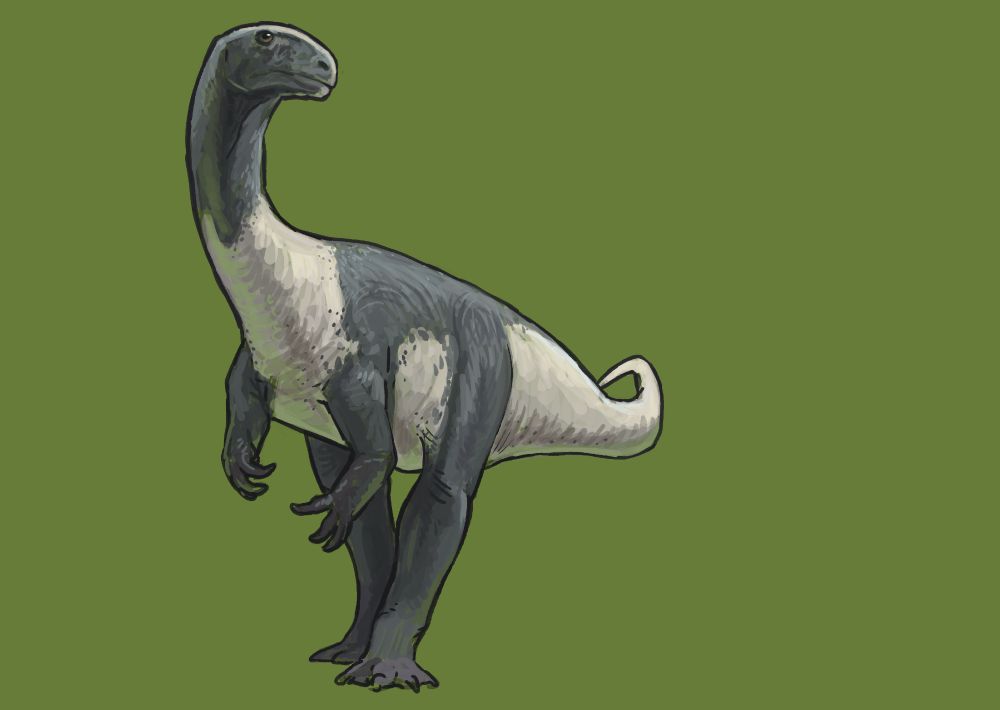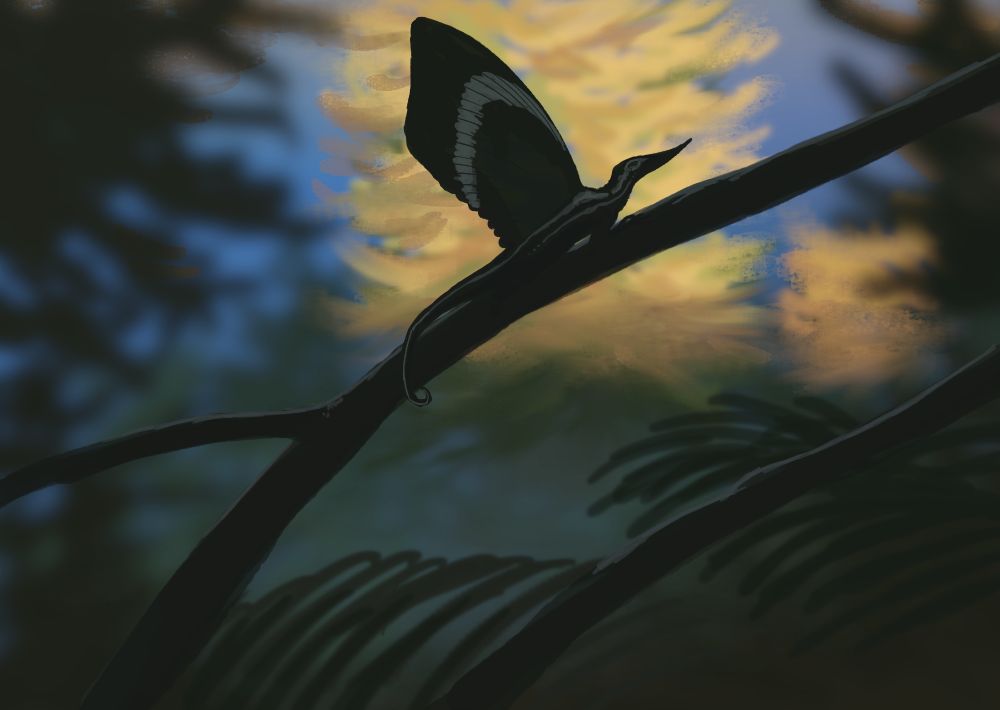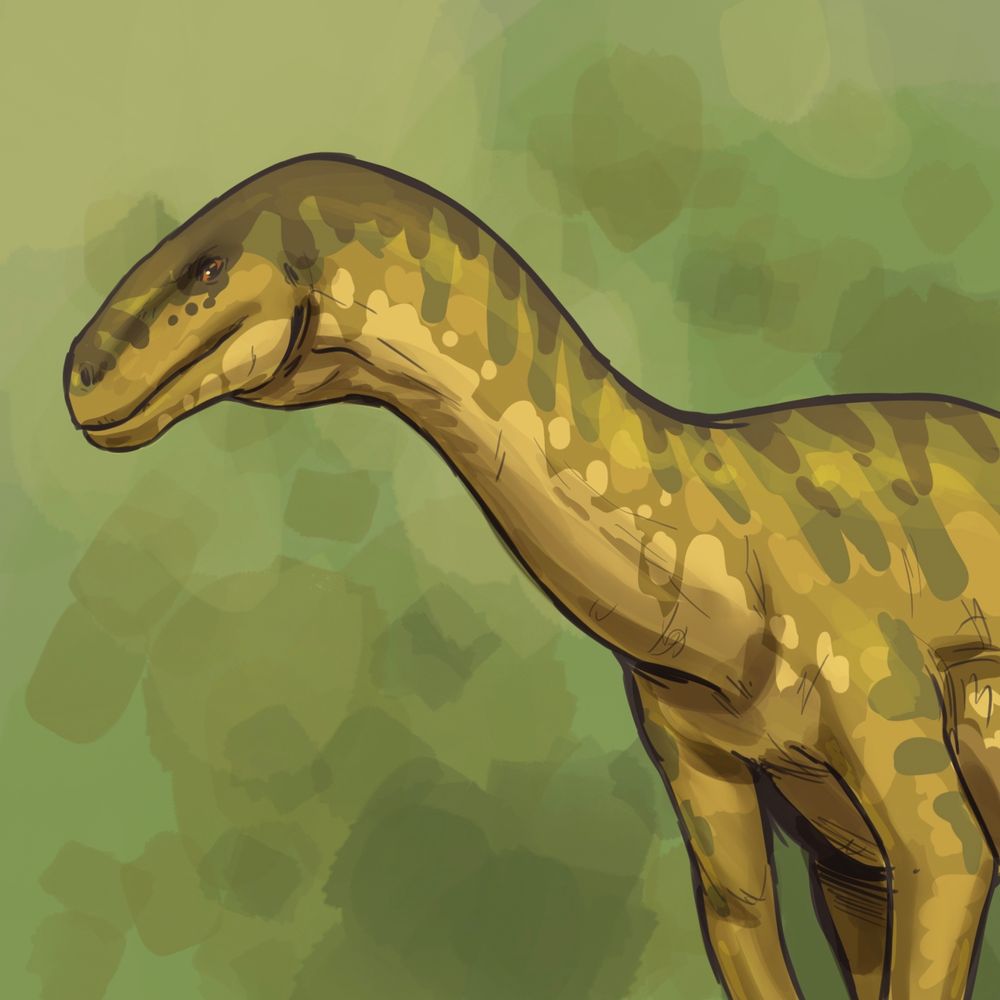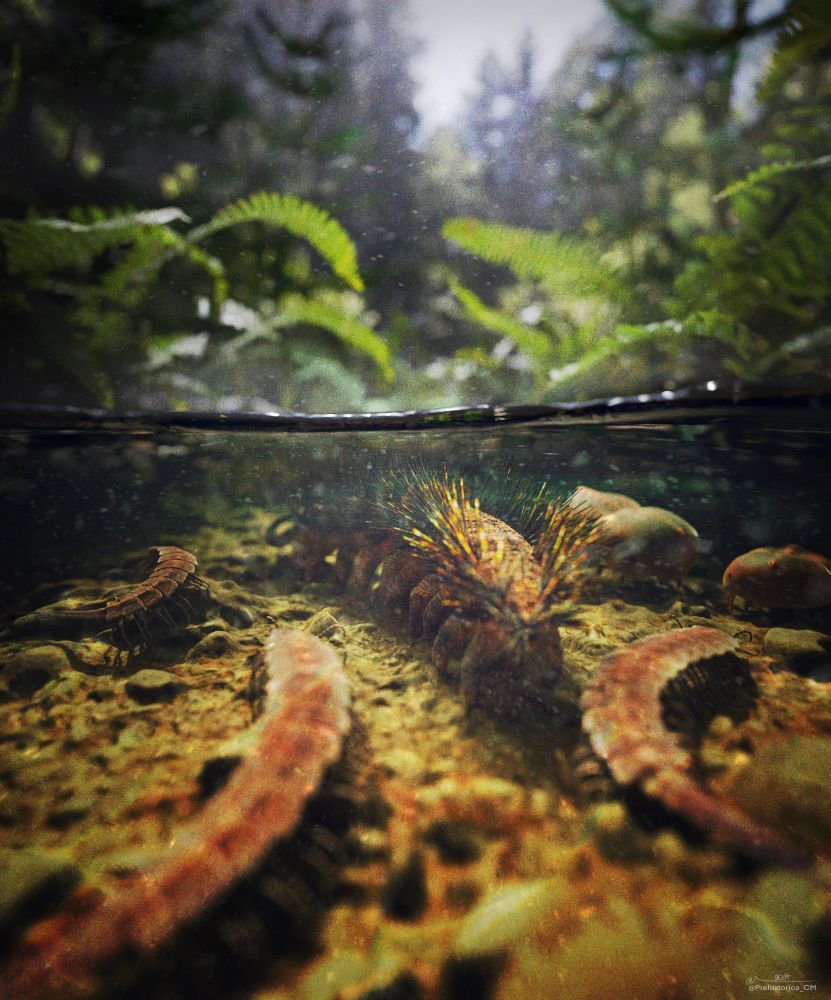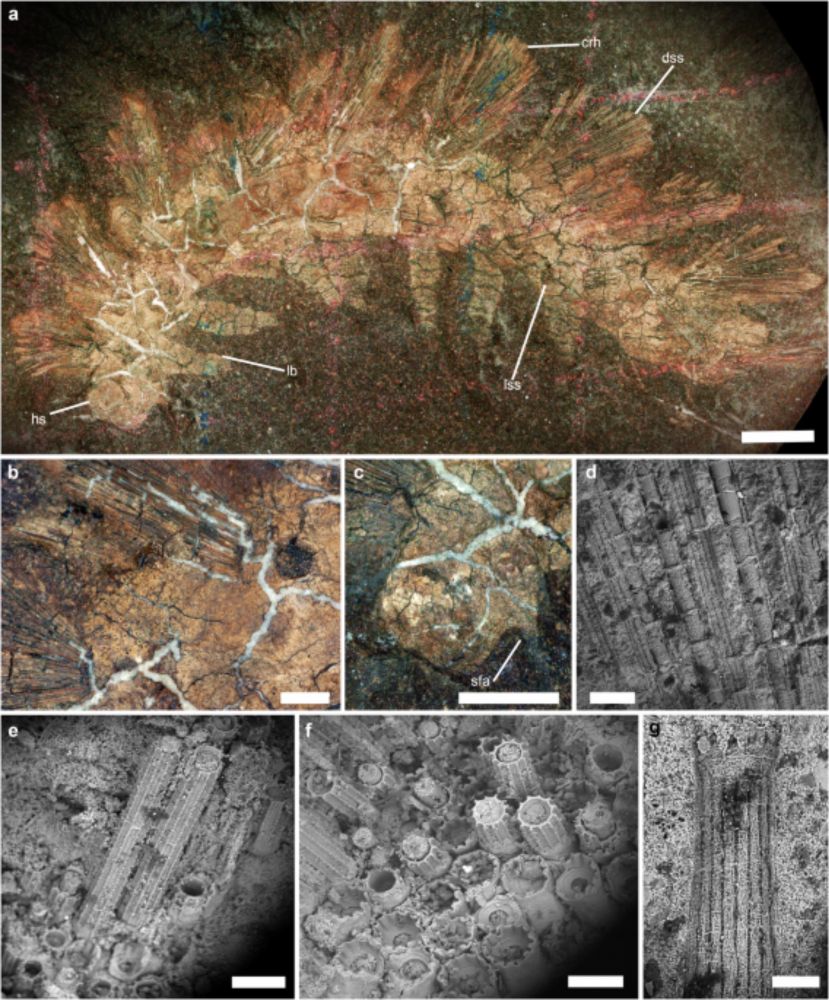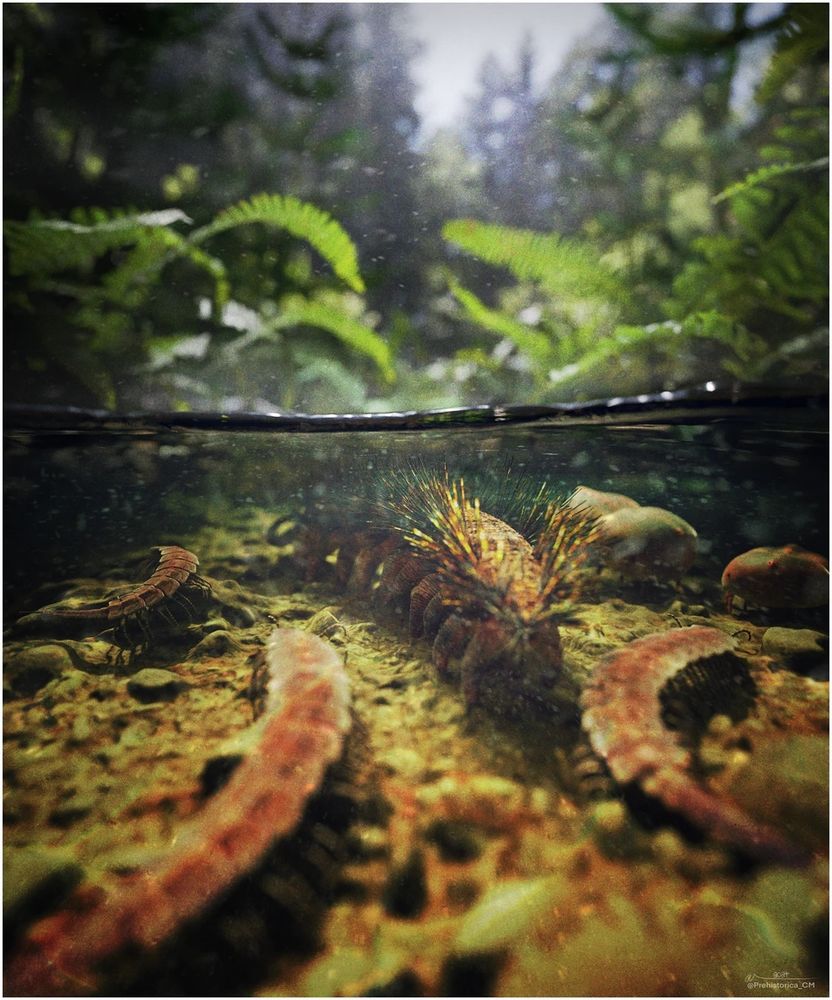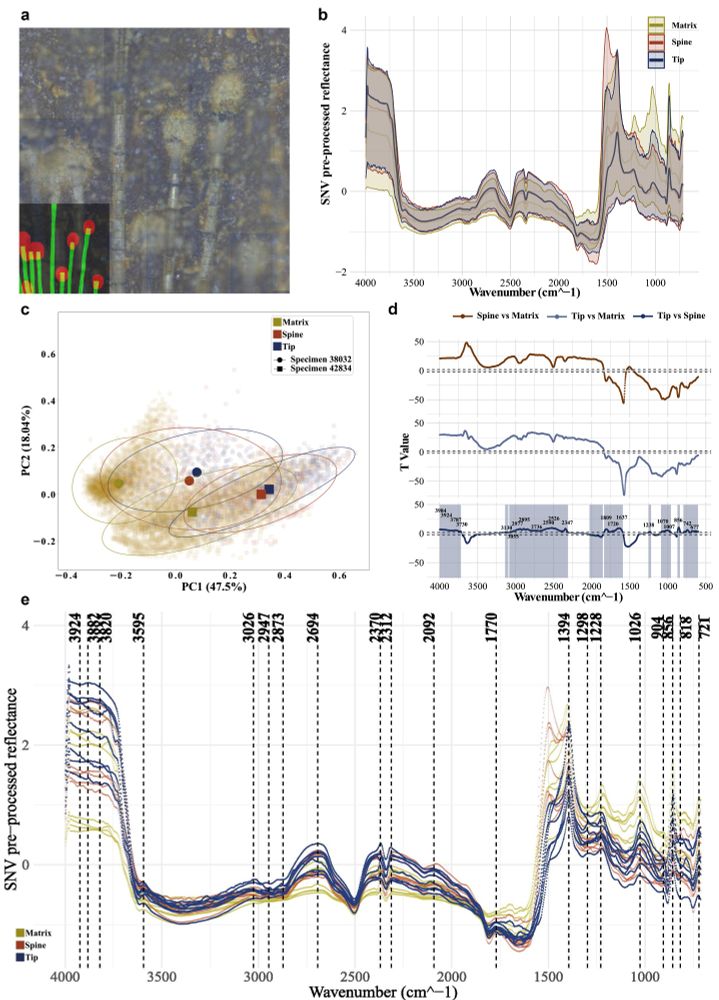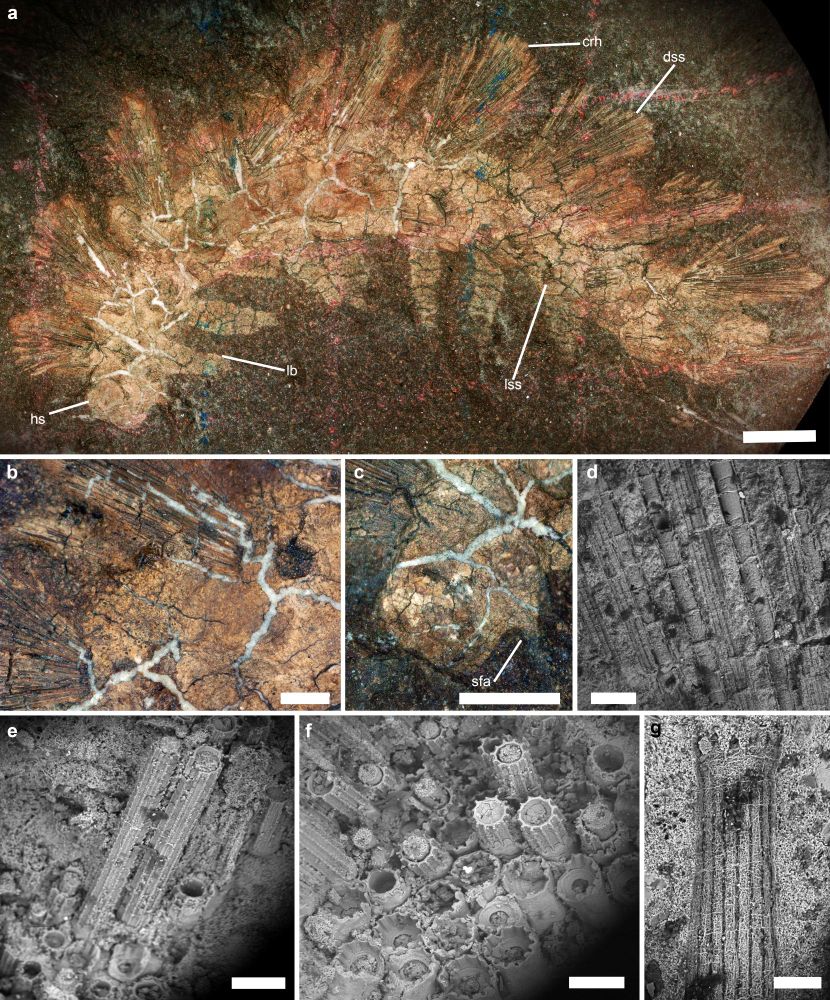Prehistorica (Christian M.)
@prehistorica.art
2.1K followers
300 following
56 posts
Invertebrate Palaeontologist and Palaeoartist from Ontario. Cambrian enthusiast. Worshipper of Omnidens. he/him.
Posts
Media
Videos
Starter Packs
Reposted by Prehistorica (Christian M.)
Reposted by Prehistorica (Christian M.)
Reposted by Prehistorica (Christian M.)
Reposted by Prehistorica (Christian M.)
Reposted by Prehistorica (Christian M.)
David Clark
@clarkeocrinus.bsky.social
· Jul 25
Reposted by Prehistorica (Christian M.)
Reposted by Prehistorica (Christian M.)
Reposted by Prehistorica (Christian M.)
Reposted by Prehistorica (Christian M.)
Reposted by Prehistorica (Christian M.)
Neil Kelley
@kelleypaleolab.bsky.social
· Jul 23
Reposted by Prehistorica (Christian M.)
Reposted by Prehistorica (Christian M.)
Reposted by Prehistorica (Christian M.)
Reposted by Prehistorica (Christian M.)
Reposted by Prehistorica (Christian M.)
